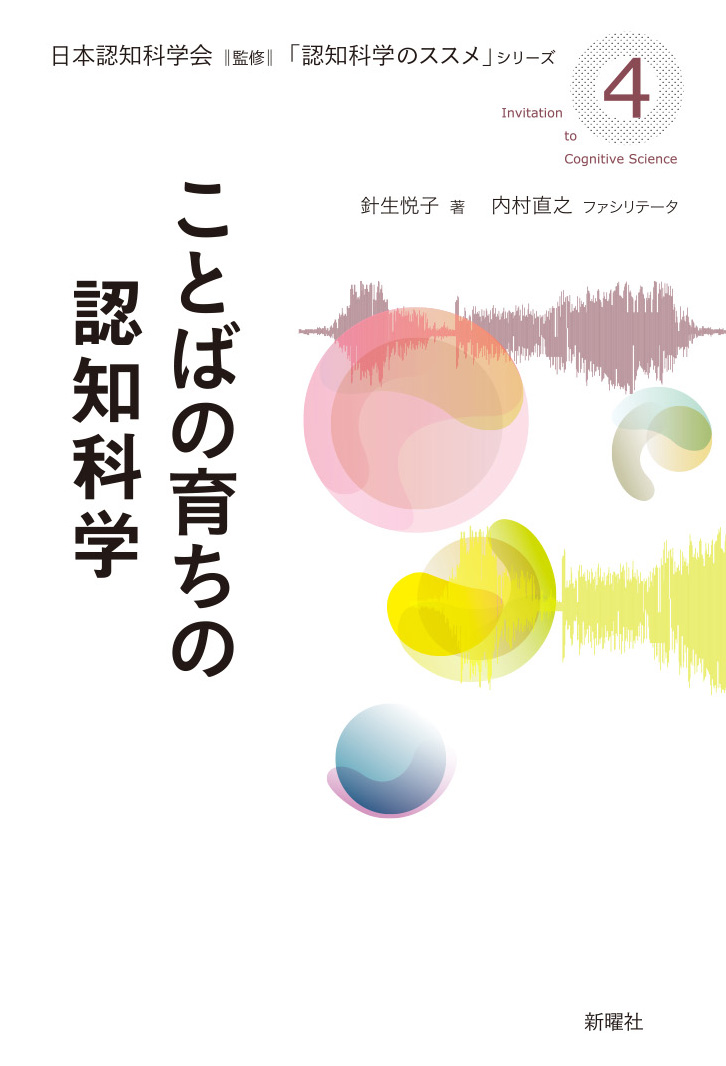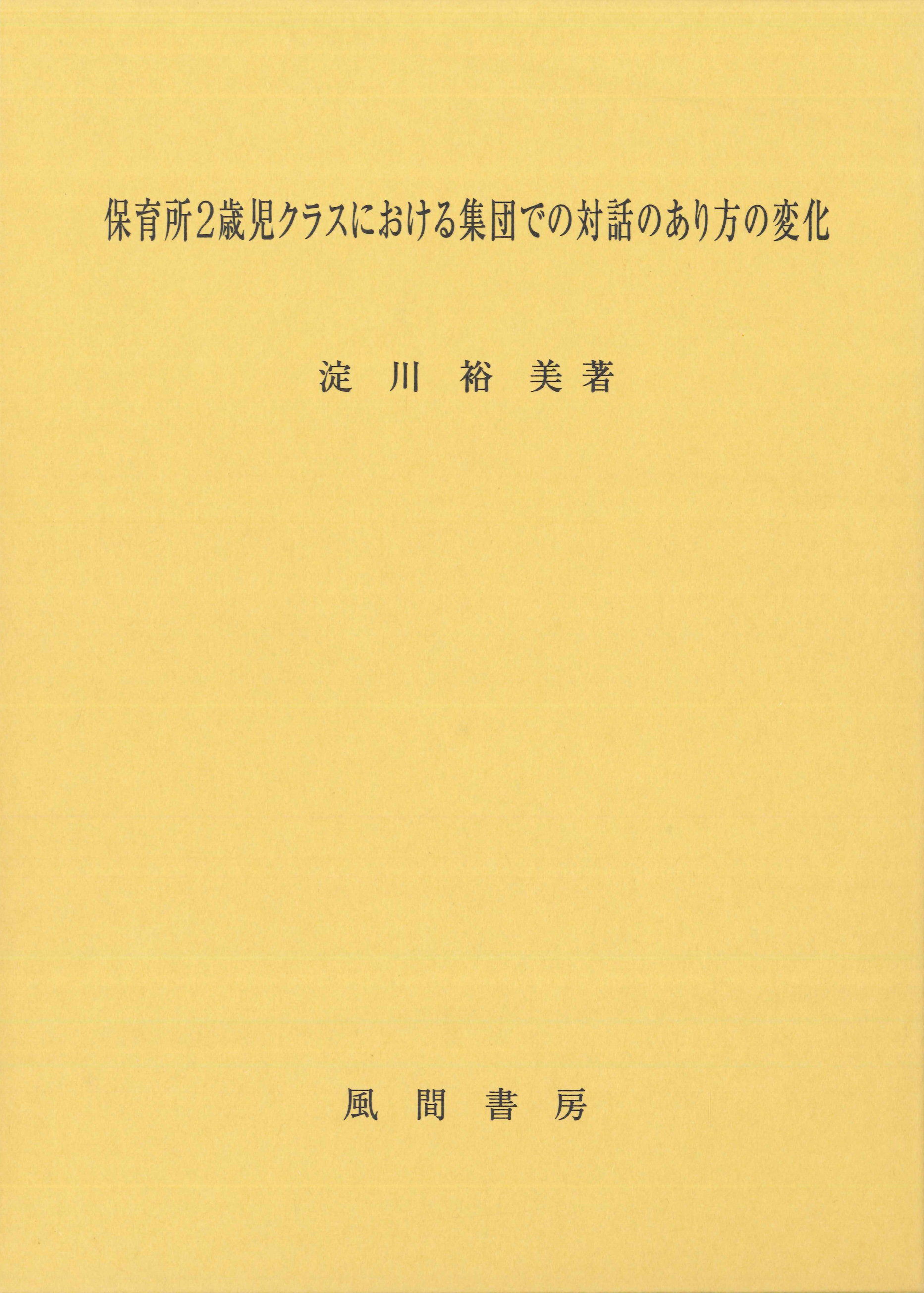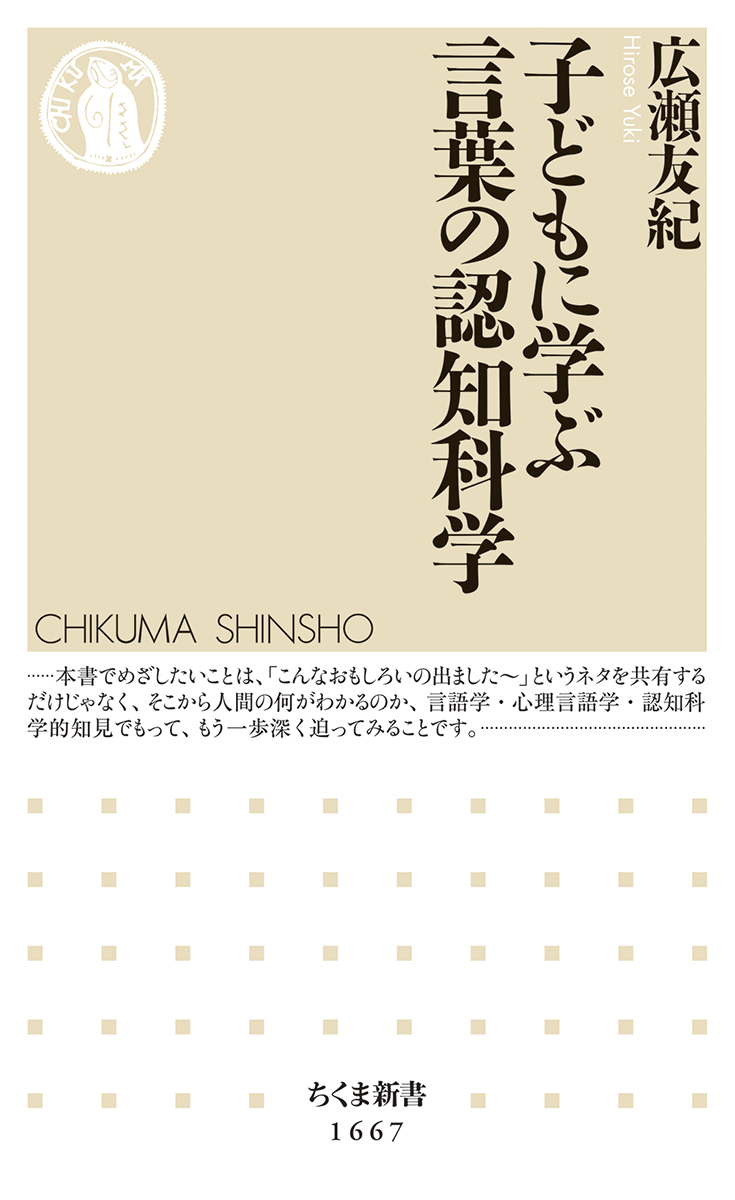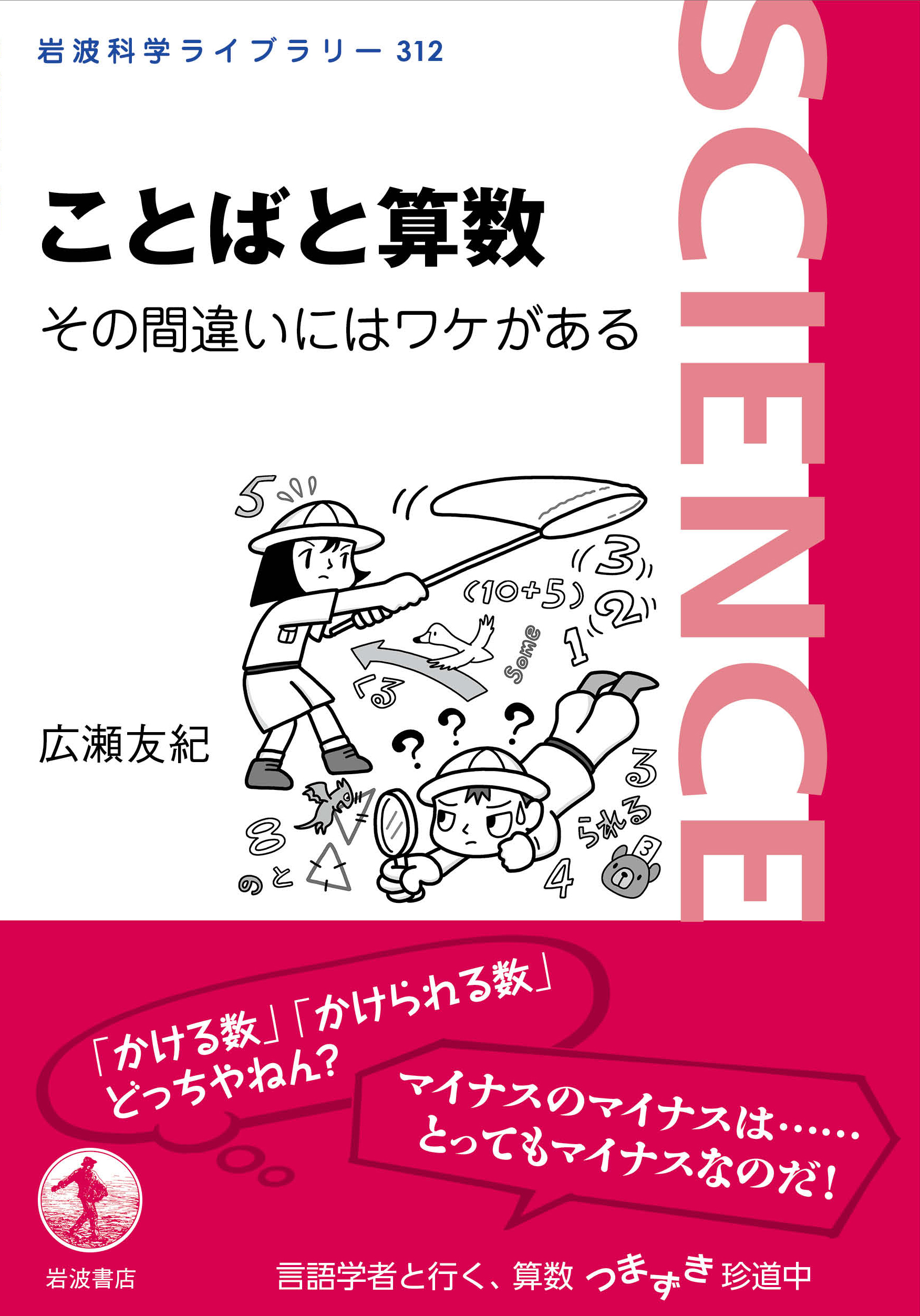
Title
“Recommendations for Cognitive Science” Series Kotoba no sodachi no Ninchi-Kagaku (Cognitive science of language development)
Size
118 pages, 127x188mm
Language
Japanese
Released
July 21, 2021
ISBN
9784788517202
Published by
Shinyosha
Book Info
See Book Availability at Library
Japanese Page
Children listen to the languages spoken by the people around them and learn to speak those languages themselves. However, different people speak with different voices, and the tones of their voices differ when they are happy and when they are angry. When teasing others, people may go out of their way to speak in a different way than they normally do. Among the voices that are used to speak a given language, the same words and sentences appear in a variety of ways in terms of physical sounds.
Therefore, to acquire a language, one must be able to find the core sounds of a language––sounds of a language that should be heard as the same word whose physical sounds match, even if not necessarily the same––in the spoken voices and be able to hear the language without being confused by differences in voice quality or speaking style. Children also struggle in the process of being able to do these tasks. Even in the latter half of their first year of life, infants struggle to understand words when the person who speaks changes or when the tone of speech changes.
Nevertheless, even if the speaker changes or the tone of speech changes, the child will eventually be able to hear the spoken voice and pick up the language. However, another problem emerges at this stage. This is because “non-verbal sounds” that are contained in voices cannot be completely discarded to properly respond to the speaker. For example, when a speaker says “I am fine” in a pained tone, we cannot accept those words at face value. An appropriate response to the speaker requires keeping an eye on both the “verbal” and the “non-verbal.”
Therefore, language that is realized as sounds requires us to separate the “verbal” from the “non-verbal” and to hear and understand it as language. Meanwhile, in actual communication situations, we also need to understand the feelings of the speaker by reconciling the “verbal” and “non-verbal” that we had once separated.
How do children deal with this problem that emerges because of language being realized as spoken voice, and how can those children become skillful users of language? Furthermore, how do the efforts of surrounding people and the state of the language itself affect that language development process? This book approaches this major problem from the perspectives of “speech for infants,” “word accent,” “onomatopoeia,” and “understanding the true meaning of expressions where the word and spoken manner are contradictory.” The book also documents the research into how psychology can approach such problems. We hope that this book will give you a sense of the spread of language development research and the interesting aspects of the research that addresses these issues.
(Written by HARYU Etsuko, Professor, Graduate School of Education / 2022)



 Find a book
Find a book






